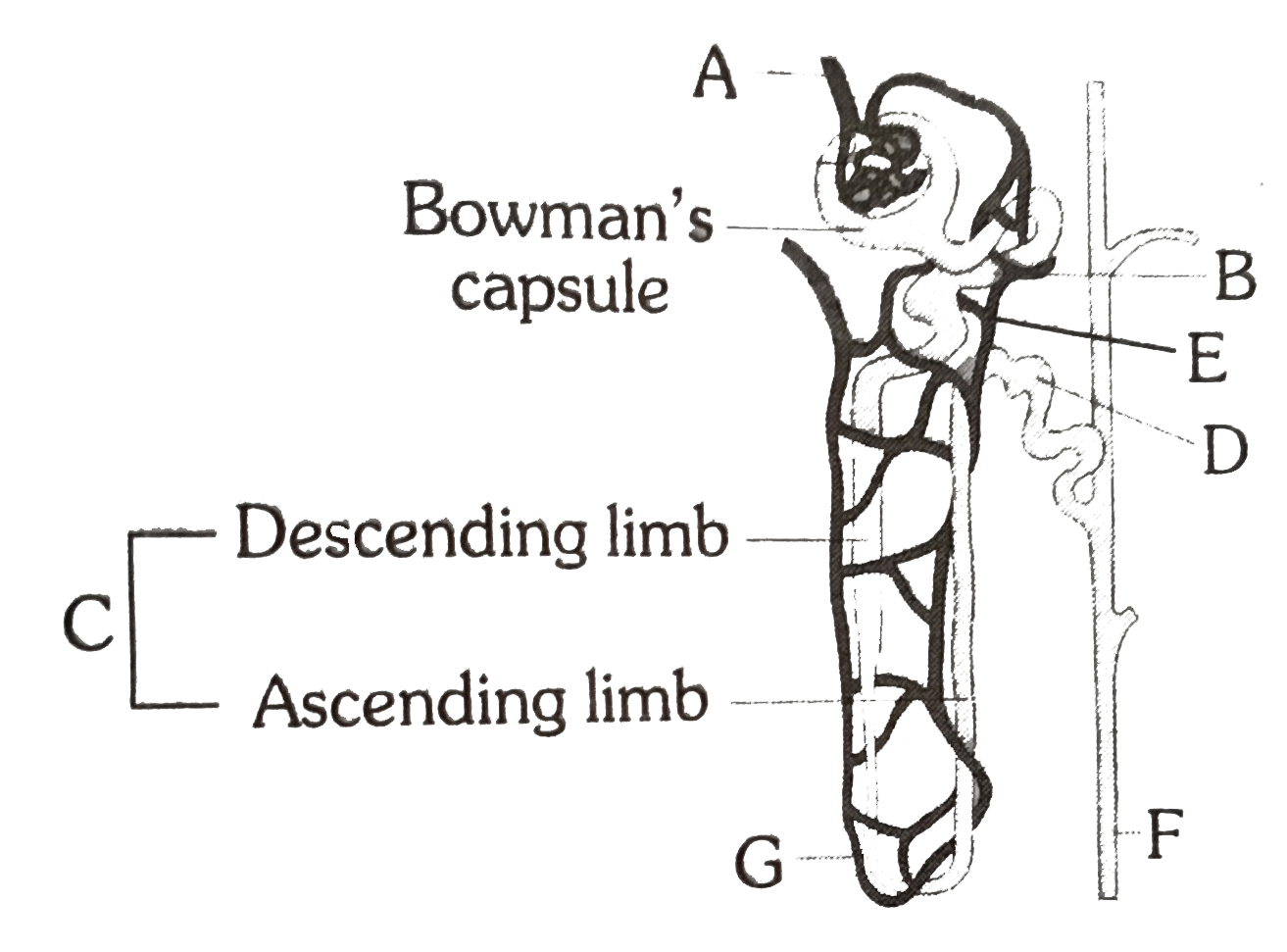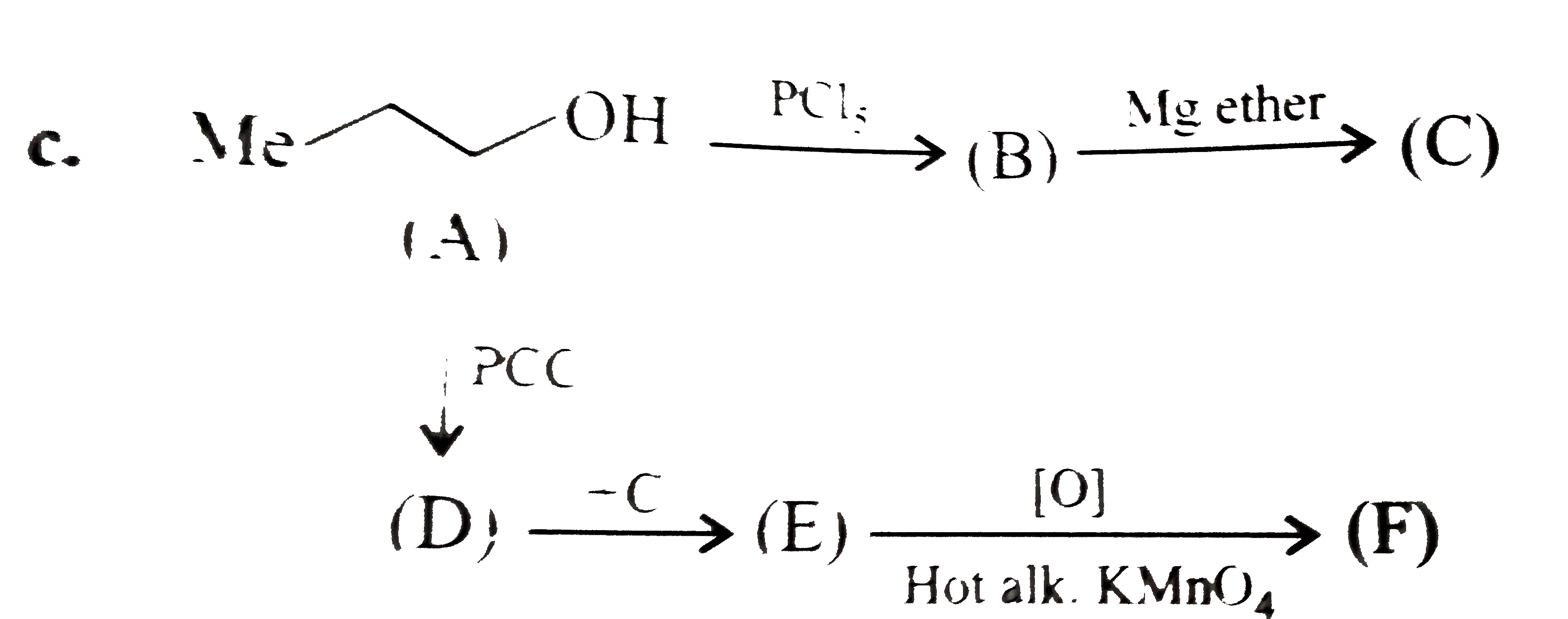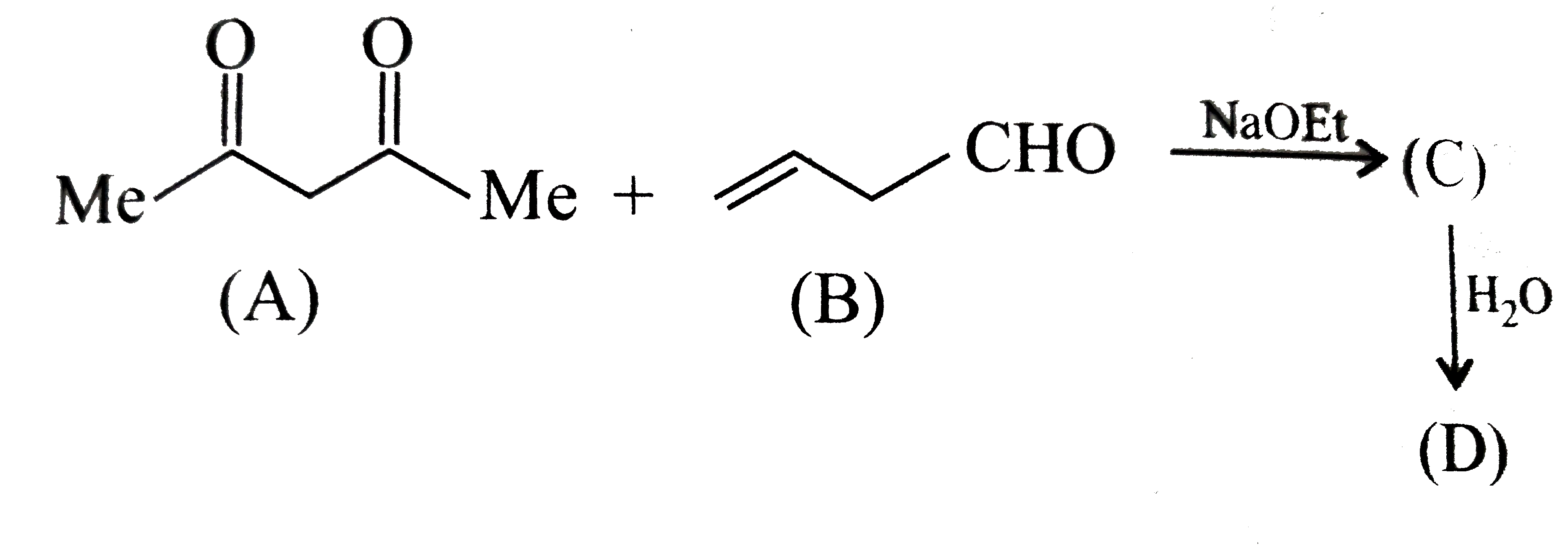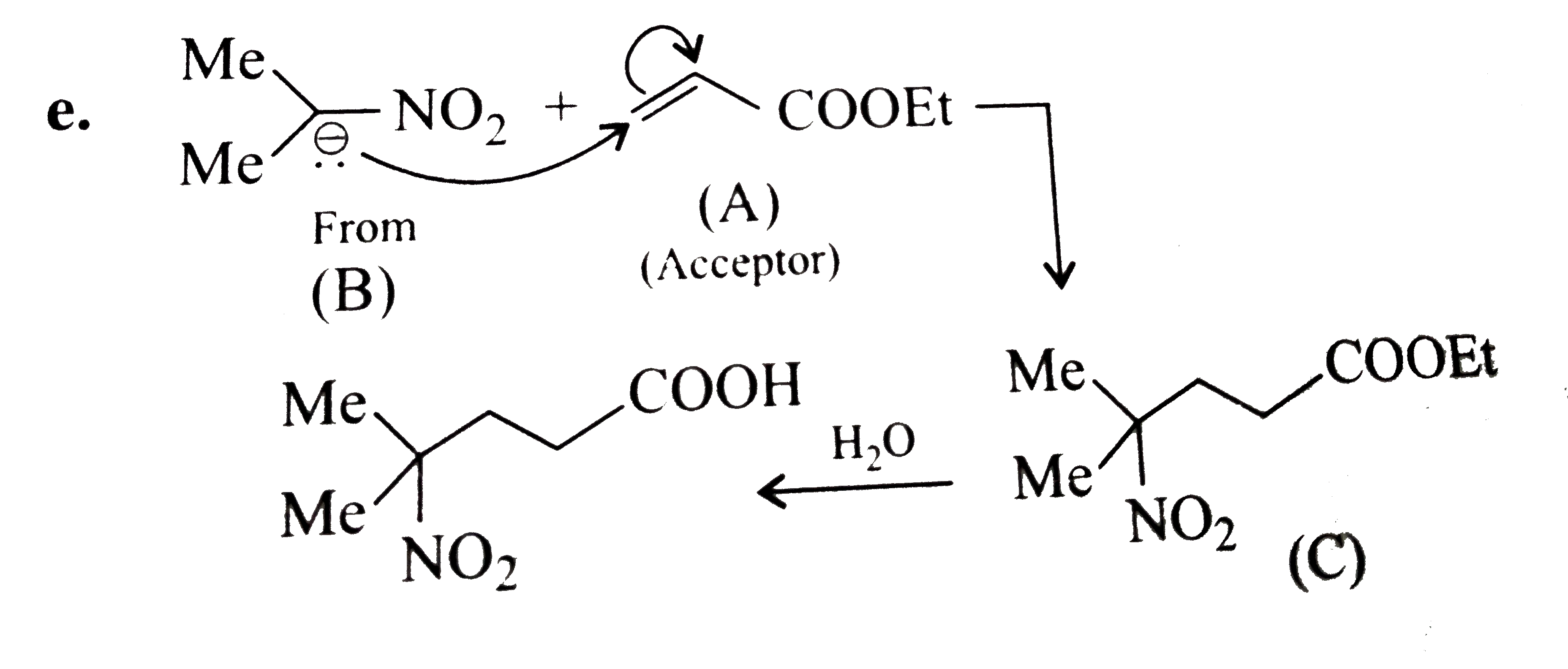Which of the following materials fall in the category of a "pure substance"? (a) ice, (b) milk, (c) iron, (d) hydrochloric acid, (e) calcium oxide, (f) mercury, (g) brick, (h) wood, (i) air
To determine which materials fall under the category of a "pure substance," we need to understand what a pure substance is. A pure substance consists of only one type of particle, while a non-pure substance contains two or more types of particles.
1. Identify the Definition of a Pure Substance:
- A pure substance is defined as a material that has a consistent composition and properties throughout. It contains only one type of particle.
2. Evaluate Each Material:
- Ice (a): Ice is solid water (H₂O) and consists of only water molecules. Thus, it is a pure substance.
- Milk (b): Milk is a mixture of water, fats, proteins, and other substances. Therefore, it is not a pure substance.
- Iron (c): Iron is a chemical element and consists of only iron atoms. Hence, it is a pure substance.
- Hydrochloric Acid (d): Hydrochloric acid is a solution of hydrogen chloride gas (HCl) dissolved in water. Since it contains more than one type of particle, it is not a pure substance.
- Calcium Oxide (e): Calcium oxide (CaO) is a compound made of calcium and oxygen atoms. It contains only one type of compound, making it a pure substance.
- Mercury (f): Mercury is a chemical element and consists of only mercury atoms. Thus, it is a pure substance.
- Brick (g): Brick is made from clay and other materials, which means it contains multiple types of particles. Therefore, it is not a pure substance.
- Wood (h): Wood is composed of various organic compounds and fibers, making it a mixture. Thus, it is not a pure substance.
- Air (i): Air is a mixture of gases (like nitrogen, oxygen, carbon dioxide, etc.), so it is not a pure substance.
3. List the Pure Substances:
- Based on the evaluations, the materials that fall under the category of pure substances are:
- Ice (a)
- Iron (c)
- Calcium Oxide (e)
- Mercury (f)
Final Answer:
The materials that fall in the category of a "pure substance" are:
- Ice (a)
- Iron (c)
- Calcium Oxide (e)
- Mercury (f)
- A pure substance is defined as a material that has a consistent composition and properties throughout. It contains only one type of particle.
- Ice (a): Ice is solid water (H₂O) and consists of only water molecules. Thus, it is a pure substance.
- Milk (b): Milk is a mixture of water, fats, proteins, and other substances. Therefore, it is not a pure substance.
- Iron (c): Iron is a chemical element and consists of only iron atoms. Hence, it is a pure substance.
- Hydrochloric Acid (d): Hydrochloric acid is a solution of hydrogen chloride gas (HCl) dissolved in water. Since it contains more than one type of particle, it is not a pure substance.
- Calcium Oxide (e): Calcium oxide (CaO) is a compound made of calcium and oxygen atoms. It contains only one type of compound, making it a pure substance.
- Mercury (f): Mercury is a chemical element and consists of only mercury atoms. Thus, it is a pure substance.
- Brick (g): Brick is made from clay and other materials, which means it contains multiple types of particles. Therefore, it is not a pure substance.
- Wood (h): Wood is composed of various organic compounds and fibers, making it a mixture. Thus, it is not a pure substance.
- Air (i): Air is a mixture of gases (like nitrogen, oxygen, carbon dioxide, etc.), so it is not a pure substance.
- Based on the evaluations, the materials that fall under the category of pure substances are:
- Ice (a)
- Iron (c)
- Calcium Oxide (e)
- Mercury (f)
The materials that fall in the category of a "pure substance" are:
- Ice (a)
- Iron (c)
- Calcium Oxide (e)
- Mercury (f)
Topper's Solved these Questions
- BOOK - MTG IIT JEE FOUNDATIONCHAPTER - IS MATTER AROUND US PURE ?EXERCISE - EXERCISE (MULTIPLE CHOICE QUESTIONS-LEVEL-1)30videos
IS MATTER AROUND US PURE ?
- BOOK - MTG IIT JEE FOUNDATIONCHAPTER - IS MATTER AROUND US PURE ?EXERCISE - EXERCISE (MULTIPLE CHOICE QUESTIONS-LEVEL-2)20videos
IS MATTER AROUND US PURE ?
- BOOK - MTG IIT JEE FOUNDATIONCHAPTER - IS MATTER AROUND US PURE ?EXERCISE - SOLVED EXAMPLES34videos
IS MATTER AROUND US PURE ?
- BOOK - MTG IIT JEE FOUNDATIONCHAPTER - FOOTSTEPS TOWARDS(CBSE BOARD)EXERCISE - SECTION-D14videos
FOOTSTEPS TOWARDS(CBSE BOARD)
- BOOK - MTG IIT JEE FOUNDATIONCHAPTER - MATTER IN OUR SURROUNDINGS EXERCISE - OLYMPIAD/HOTS CORNER15videos
MATTER IN OUR SURROUNDINGS
Similar Questions
Which of the following matter falls in the category of mixtures? Ice, milk, brass, iron, air, petrol, mercury, calcium oxide.
View SolutionClassify the following into elements, compounds and mixtures. (a) Sodium, (b) soil, (c) sugar solution, (d) silver, (e) calcium carbonate, (f) tin, (g) silicon, (h) coal, (i) air, (j) soap, (k) methane, (1) carbon dioxide, (m) blood
View Solution
Knowledge Check
- Question 1 - Select One
See the following diagram and identify A,B,C,D,E,F and G
 AA-Afferent arteriole, B-Henle' s loop, C-Collecting duct, D-PCT, E-DCT, F-Pertibular capillaries, G- vasa rectaBA-afferent arteriole, B-Peritubular capillaries, C-Helne's loop, D-DCT, E-PCT, F-Collecting duct, G-vasa rectaCA-Afferent arteriole, B- PCT, C-Henle's loop, D-DCT, E-Peritublar capillaries, F-Collecting duct, G-vasa rectaDA-Afferent arteriole, B-Proximal convoluted tubule, C-Henle's loop, D-Distal convoluted tubule, E-Peritbular capillaries, F-Collecting duct, G-vasa recta
AA-Afferent arteriole, B-Henle' s loop, C-Collecting duct, D-PCT, E-DCT, F-Pertibular capillaries, G- vasa rectaBA-afferent arteriole, B-Peritubular capillaries, C-Helne's loop, D-DCT, E-PCT, F-Collecting duct, G-vasa rectaCA-Afferent arteriole, B- PCT, C-Henle's loop, D-DCT, E-Peritublar capillaries, F-Collecting duct, G-vasa rectaDA-Afferent arteriole, B-Proximal convoluted tubule, C-Henle's loop, D-Distal convoluted tubule, E-Peritbular capillaries, F-Collecting duct, G-vasa recta
Which of the following are pure substances ?
Milk, iron, water, mercury, wood , air , blood, ink.View SolutionWhich of the following are not compounds?
(a) Chlorine gas (b) Potassium chloride (c) Iron (d) Iron sulphide (e) Aluminium (f) Iodine (g) Carbon (h) Carbon monoxide (i) Sulphur powderView SolutionWhich of the following are not compounds ?
(a) Bromine gas (b) sodium chloride (c ) Magnesium
(d) Iron sulphide (e) Aluminium (f) Silver
(g) Carbon (h) Carbon dioxide (i) Sulphur powder.View SolutionComplete the following reactions:
a.
b.
c.
d.
e.
f.
g. View Solution
View SolutionComplete the following reactions:
a.
b.
c.
d.
e.
f.
g. View Solution
View SolutionWrite the forms to which the following food materials are converted after digestion : (a) Milk (b) potato ( C ) Oil (d) Chapati.
View SolutionClassify the following into elements, compounds and mixtures.
(a) Sodium
(b) Soil
(c ) Sugar solution
(d) Silver
(e ) Calcium carbonate
(f) Tin
(g) Silicon
(h) Coal
(i) Air
(j) Soap
(k) Methane
(l) Carbon dioxide
(m) BloodView Solution

